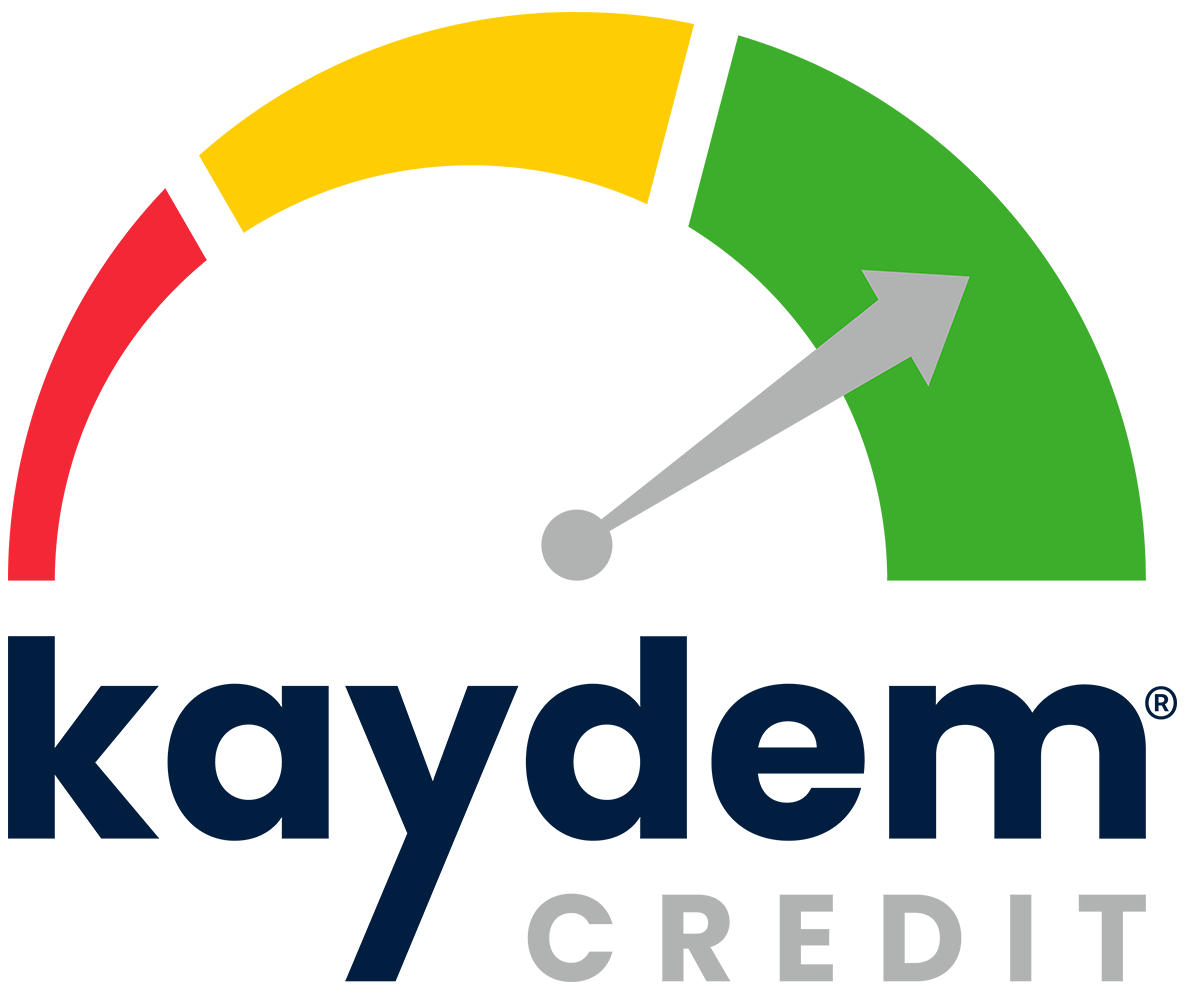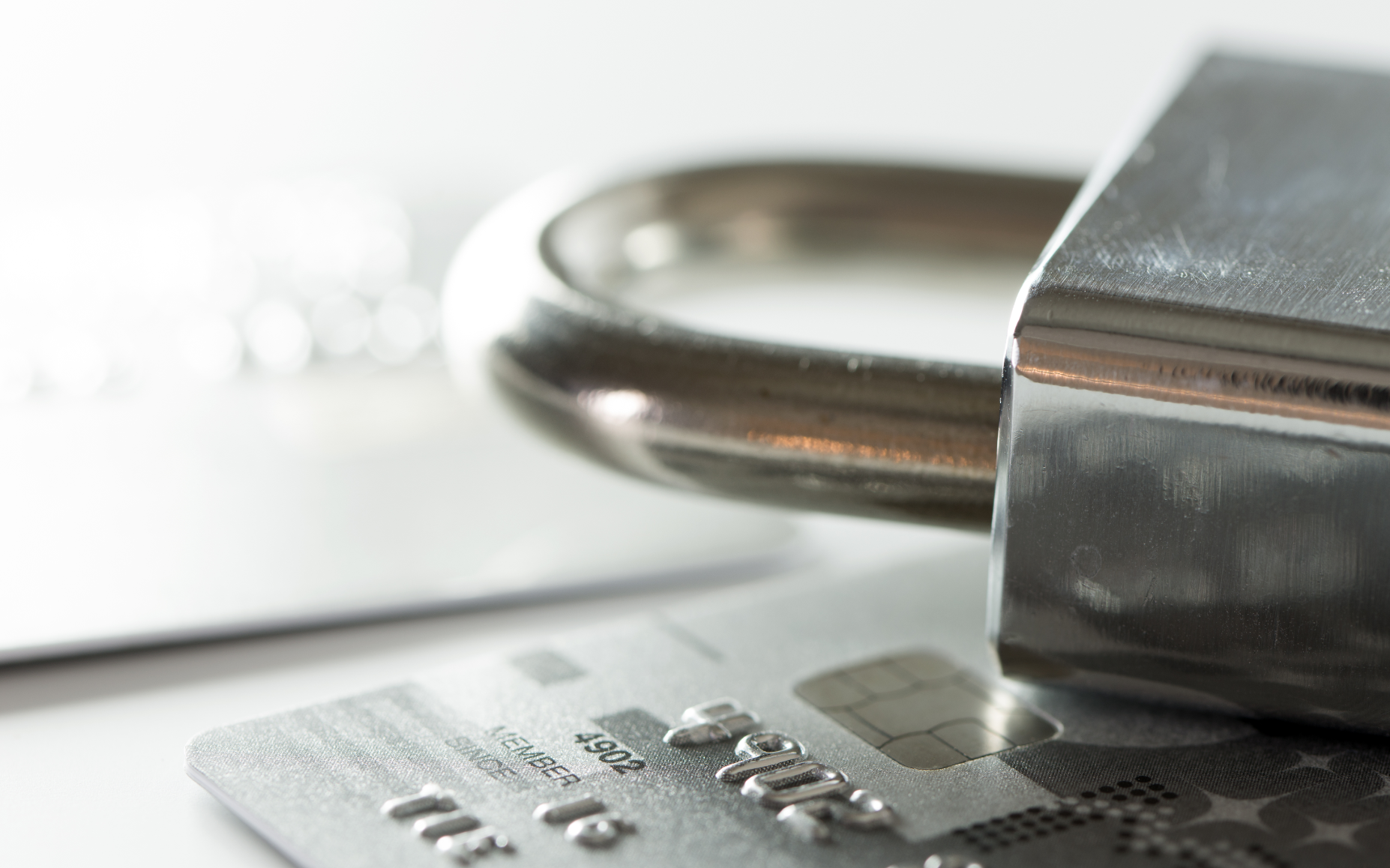Having a solid credit record is essential for many aspects of our lives. It can determine if you can get approved for loans or lines of credit and even affect your ability to rent an apartment. Unfortunately, identity theft and fraud cases are rising, making it increasingly necessary to protect your credit record. Credit freezes, fraud alerts, and credit locks are all credit restoration tools that can help you protect your credit from malicious activity. This article will discuss the differences between a credit freeze, fraud alert, and credit lock and how each can help you guard your identity and financial future.
What is a credit freeze?
A credit freeze is perhaps one of the most powerful tools to protect your credit. A credit freeze essentially restricts access to your credit report, making it difficult for someone to open new lines of credit in your name. When you set up a credit freeze, no one (including yourself) can view or access your credit report without providing a specific PIN.
Credit Restoration Benefits and Drawbacks of a Credit Freeze
The predominant benefit of a credit freeze is that it provides the most robust protection against identity theft and fraud. Because no one can view your credit report, opening a new credit account in your name becomes almost impossible, which gives you peace of mind knowing that anyone trying to open a new line of credit in your name won’t be able to do so.
On the other hand, a credit freeze can be inconvenient. If you need to open a new line of credit, you must temporarily lift the freeze, which can take time and effort. In addition, if you forget your PIN or need to update your information, you may have to contact the credit bureau directly, which can be time-consuming.
How to set up a credit freeze
Setting up a credit freeze is relatively easy and can be done online or by phone. To add a credit freeze to your reports with each of the major credit bureaus (Equifax, Experian, TransUnion), you will need to provide your name, address, date of birth, and Social Security number, along with some other information.
Depending on the credit bureau, you may be required to provide additional documentation to verify your identity. Once this information has been provided, you will receive a PIN that you can use to lift or remove the freeze temporarily.
What is a fraud alert?
A fraud alert is another tool to protect your credit from identity theft and fraud. Unlike a credit freeze, which ultimately restricts access to your credit report, a fraud alert only requires lenders to take extra steps to verify your identity before approving new lines of credit.
In addition, you can also use a fraud alert to protect against existing accounts that may have been compromised by identity theft or fraud.
Benefits and drawbacks of a fraud alert for credit restoration
The main advantage of a fraud alert is that it’s relatively easy and fast to set up. Unlike a credit freeze which requires additional documentation, you can typically set up a fraud alert online or over the phone in just a few minutes.
Moreover, unlike with a credit freeze, where you must remember your PIN to lift it temporarily, you can simply call the credit bureau and have the alert lifted.
Although setting up a fraud alert is much easier than setting up a credit freeze, a drawback is that it provides much less protection. Because a fraud alert only requires lenders to take extra steps to verify your identity, a determined thief can still potentially open new lines of credit in your name with enough effort.
How to set up a fraud alert
It is relatively easy to implement a fraud alert, which can be done either online or over the phone. You can set up a fraud alert with the credit bureaus by providing basic information, including your name, address, date of birth, and Social Security number.
Once you have provided this information, the credit bureau will send out an alert to all lenders who request access to your credit report informing them that they should take extra steps to verify your identity before approving any new lines of credit.
What is a credit lock?
A credit lock is a relatively new tool that provides similar protection to a credit freeze but with some added convenience. Like a credit freeze, it completely restricts access to your credit report. It prevents anyone from opening any new lines of credit in your name.
The main difference is that you can easily lift or remove the credit lock online or via an app rather than having to remember and provide your PIN like you would for a credit freeze.
Benefits and drawbacks of using a credit lock for credit restoration
The prime benefit of using a credit lock is that it provides robust protection, just like a credit freeze but without the inconvenience of having to keep track of a PIN or contact the credit bureau directly if you forget it.
Additionally, it’s also much more flexible because setting up and removing the lock can be done quickly and conveniently online or via an app.
However, using a credit lock typically requires paying a monthly fee to maintain the service. Furthermore, many credit locks don’t offer the same level of protection as a credit freeze and won’t protect against fraud or identity theft.
How to set up a credit lock
Setting up a credit lock is almost the same as setting up a credit freeze. To set it up with each credit bureau, you must provide basic information such as your name, address, date of birth, and Social Security number. After providing this information, you can easily lift or remove the lock online or via an app whenever needed.
However, it is essential to note that you can only set up a credit lock with one of the major credit bureaus at a time and not all three.
It’s also worth noting that while a credit freeze offers protection across all three bureaus, a credit lock only applies to the bureau where it was initiated. Therefore, if someone attempts to access your report at one of the other two bureaus, they may still be able to do so, as the lock won’t apply to them.
Credit Restoration: Credit Freeze, Fraud Alerts, or Credit Locks: Which is Right for You?
There are many ways to protect yourself from identity theft. Amongst the three options – credit freezes, fraud alerts, and credit locks – it is crucial to understand their key differences and assess which is most effective credit restoration for your individual needs.
Of course, there is no one-size-fits-all approach to protecting yourself financially. Credit freezes provide maximum protection but may not be suitable if you intend to apply for new credit anytime soon; fraud alerts provide basic security but are free of charge; finally, credit locks offer convenience but have additional fees attached.
It’s always recommended that you read up on your rights permitted under consumer law before making such a decision. Doing so will help provide you with peace of mind knowing that you are taking the necessary credit restoration precautions to safeguard your finances!







